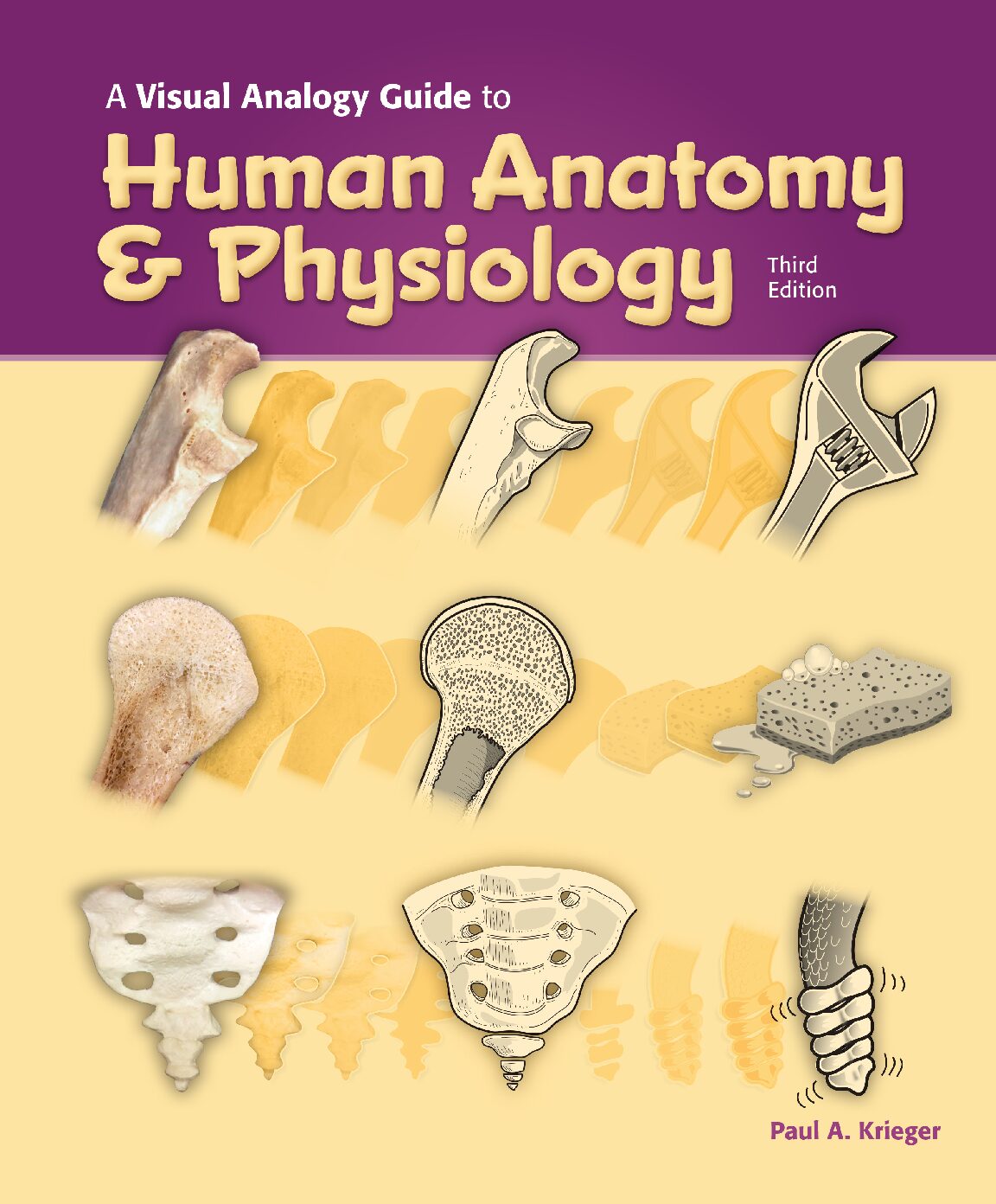A class action lawsuit was filed today in the United States District Court for the District of Massachusetts against Cengage, one of the leading publishers of educational textbooks, alleging that its unfair and deceptive royalty-reporting practices violate Massachusetts’ Consumer Protection Law.
The lawsuit, filed by Slarskey LLC and Casner & Edwards LLP on behalf of art history author Fred Kleiner and similarly-situated individuals, alleges that Cengage’s practices are designed to conceal that Cengage systematically underpays royalties due to authors in the range of 10-30 percent.






